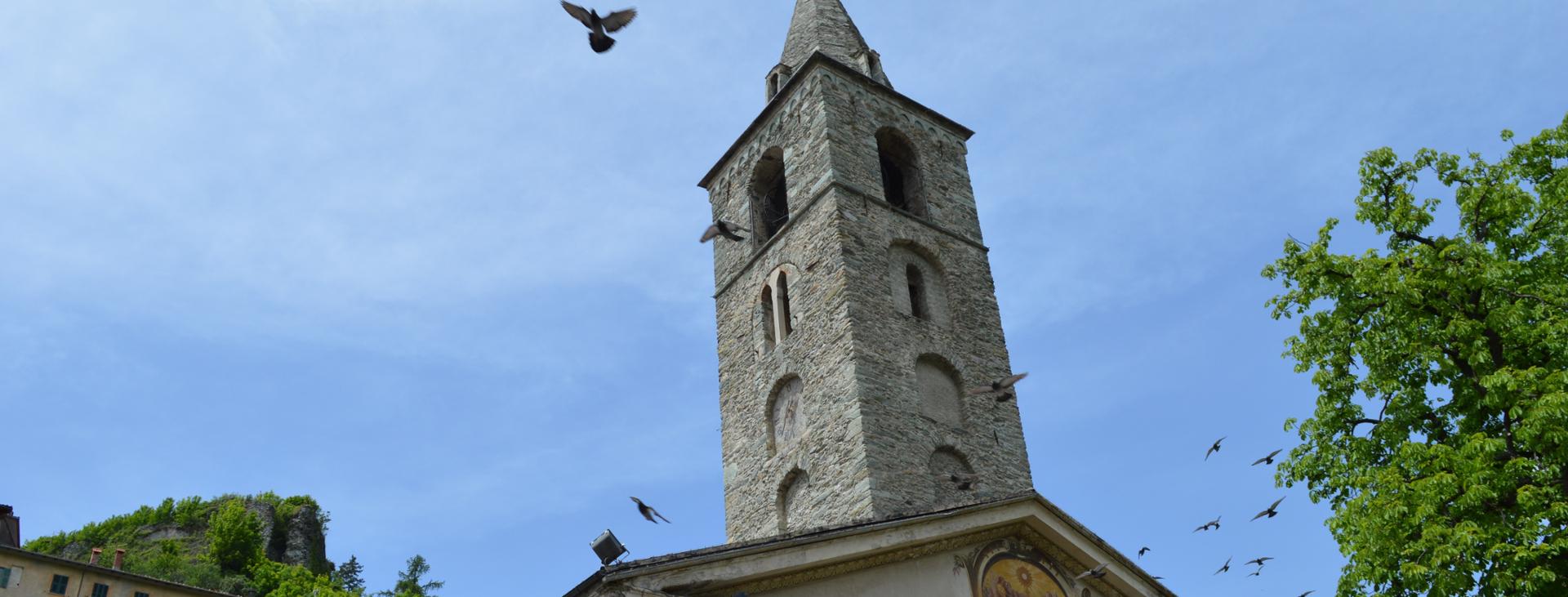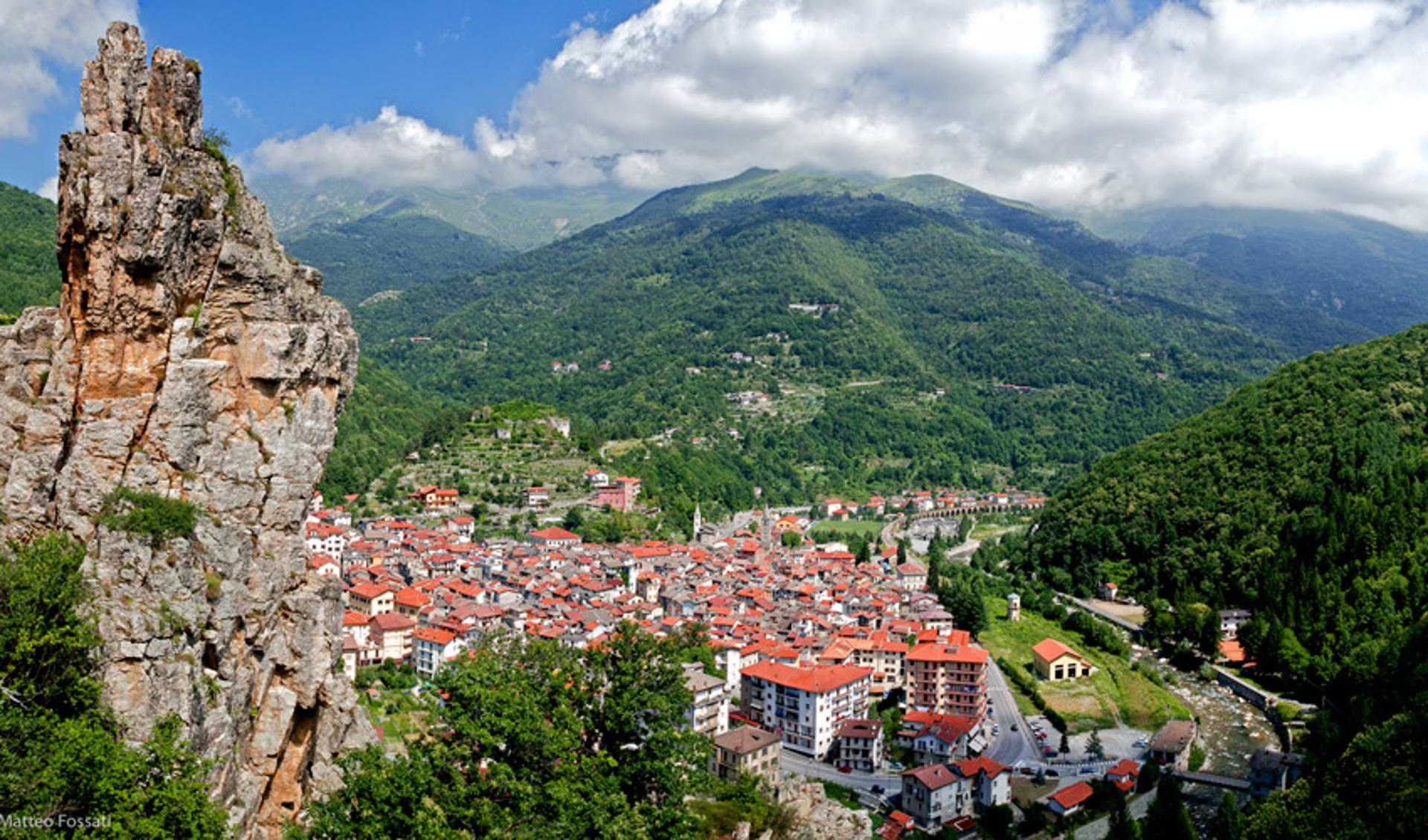
ORMEA, VALLE TANARO
- Home
- The Territory, our home - Visit Cuneese
- CHURCH OF SAN MARTINO - ORMEA
CHURCH OF SAN MARTINO - ORMEA
Those arriving in Ormea from Piedmont can see the bell tower of the Parrocchiale di San Martino towering majestically at the entrance to the heart of the city. Its peculiarity is that it was built on a tower-gate that was part of the medieval walls of the village, as an ancient defensive measure.
Every day from 8.00 AM to 7.00 PM.
Before leaving, remember to check the opening through the contacts provided in the description.

Discover
more
Built around the middle of the 15th century on a pre-existing medieval Romanesque church, the Parrocchiale di Ormea is dedicated to the patron saint of the city, San Martino bishop of Tours. The initial church had a single nave and the altar was diametrically opposite to the current one. During the 15th, 17th and 19th centuries, further interventions were carried out which gave the structure its current configuration with three naves.
The bell tower is of particular importance. Built by reusing a tower-gate that was part of the medieval walls of the village it was strategically located to defend the road that connected Piedmont to Oneglia. The passage used to enter the city walls can still be admired today inside the church.
The façade was designed and built in the 19th century. It hosts the fresco by Ormea-born painter Eugenio Arduino depicting the famous episode in the life of San Martino in which the Saint donates half of his cloak to a poor man.
Inside the Church, the original apse wall, which has now become the back wall, contains late fourteenth-century frescoes depicting scenes from the life of San Martino and a Christ Pantocrator. In the side aisles we find a series of altars dedicated to Sant'Eligio, Sant'Antonio, Santa Cecilia, the Madonna del Rosario, San Giuseppe and San Carlo. The last Baroque altar in the right-side aisle, the altar of suffrage, is enriched by a late 16th century canvas, attributed to Piedmontese painter Guglielmo Caccia, known as Moncalvo.
Also worth mentioning is the presence of an urn on the altar of San Giuseppe, preserving some relics of San Faustino martyr. In the early eighteenth century, these had been donated to Carlo Ferrero, Marquis of Ormea, by Cardinal Prospero Lambertini, future pope Benedict XIV. The main altar in polychrome marble and the pulpit come from the Chiesa del Convento dei Padri Domenicani of Garessio, and were installed in the building in Ormea in 1808. Above the main altar, the octagonal lantern, contains other frescoes representing the four Evangelists.
CUNEO ALPS: YOUR PERFECT HOLIDAY. TANARO VALLEY
esempi di as xml: xml serveResource con templateId (chiave)
esempi di as json: json serveResource con templateId (chiave)
esempi di as json e siteId: json serveResource con siteid
en_US
What
to do
en_US
Experiences
No result found
en_US
Where
sleeping
en_US
Offers
en_US
Info
